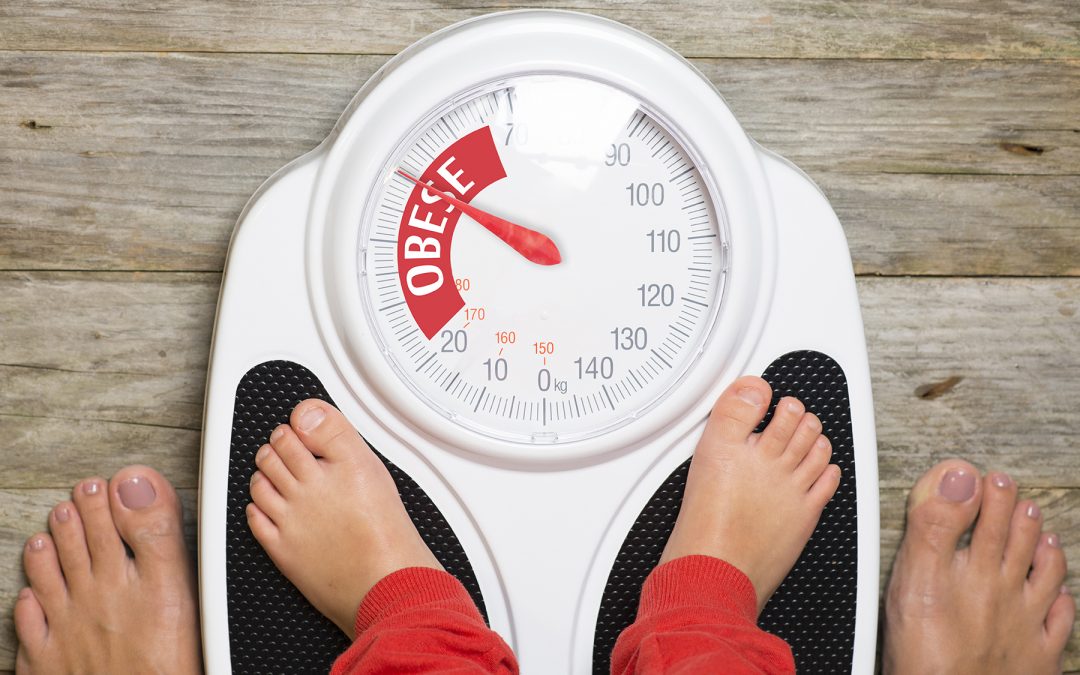On December 2nd , 2010 the U.S. Department of Health and Human Services unveiled Healthy People 2020…an initiative “committed to improving the quality of our Nation’s health by producing a framework for public health prevention priorities and actions.”
One of those priorities was obesity, which is defined as having a Body Mass Index (BMI) of 30 or greater. In 2012, the obesity rate for U.S. adults was 33.9%. The goal set forth by Healthy People 2020 was to lower that rate to 30.5% by the year 2020.
So…how’d they do?
Well, last week (2-27-20) the C.D.C. released the latest data from 2017/2018 which indicates that our national obesity rate is now…wait for it…42.4%! We also learned that the rate for “severe obesity” (a BMI of 40 or greater) has climbed from 4.7% in 1999/2000 to 9.2%.
Clearly the federal government has not found a way to halt the increase in obesity, much less, reverse it.
Not to add insult to injury but The New England Journal of Medicine reported in December of last year that by 2030 the obesity rate is expected to rise to 48.9% and that severe obesity will jump to 24.2%.
The reason these rates and predictions are so alarming is because obesity increases the risk of heart disease, diabetes, stroke, high blood pressure, certain cancers, gallbladder disease, osteoarthritis, gout and breathing issues such as sleep apnea and asthma.
So, what should we do? I believe the first thing is realize this issue is NOT going to take care of itself! The health conditions outlined above and not only extremely expensive they also, more importantly, dramatically impact an individual’s quality of life. This needs to become a top priority for both individuals and organizations.
Obesity is a multifactorial, and incredibly complicated, issue which is driven primarily by the obesogenic environment in which we live. The world is changing, fast. The way we eat, sleep, recreate and interact has been altered dramatically in the past 40 years. Unfortunately, these changes are making it increasingly more difficult to be healthy. We must provide individuals with the tools and resources to win the battle.
There are proven solutions which provide both clinical and financial ROI’s. I encourage you to find them, embrace them, promote them and fund them. Through my work with Naturally Slim I see, on an almost daily basis, the impact that can be realized when organizations decide to focus on this issue which goes far beyond just the number the scale.
It’s time we all realize that this epidemic has the potential to bankrupt our society on a number of levels, not just financial.

